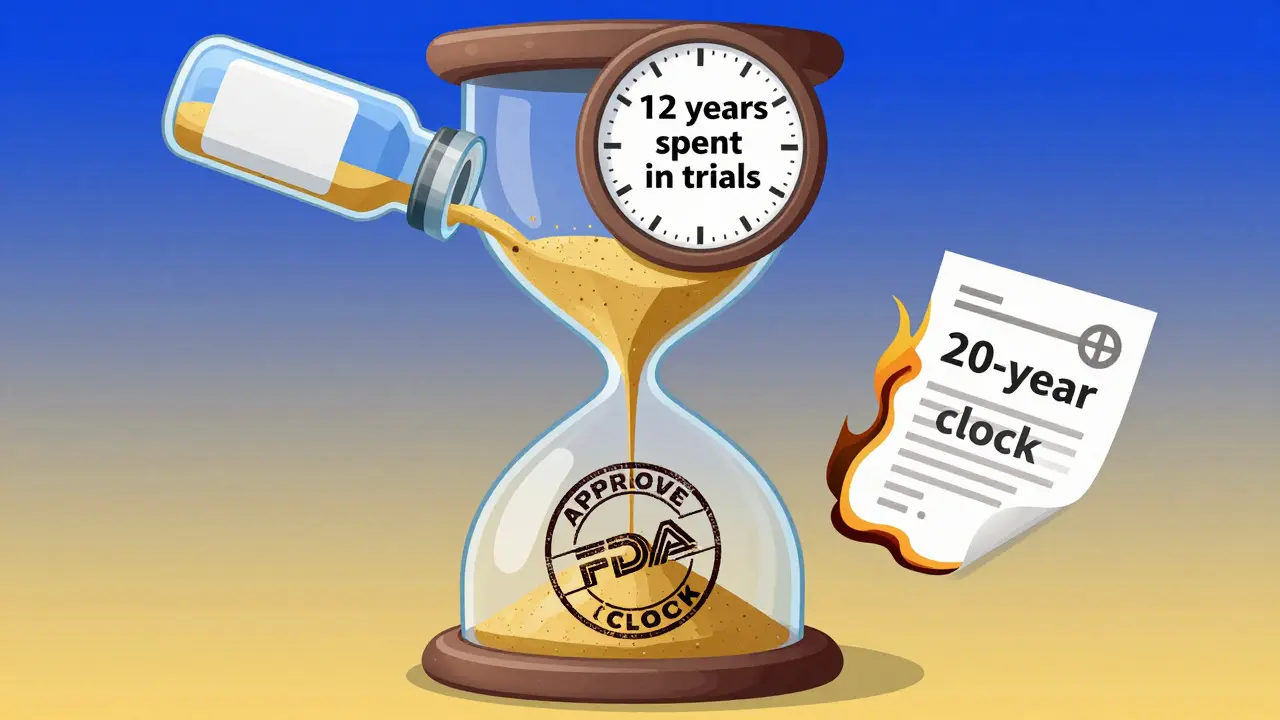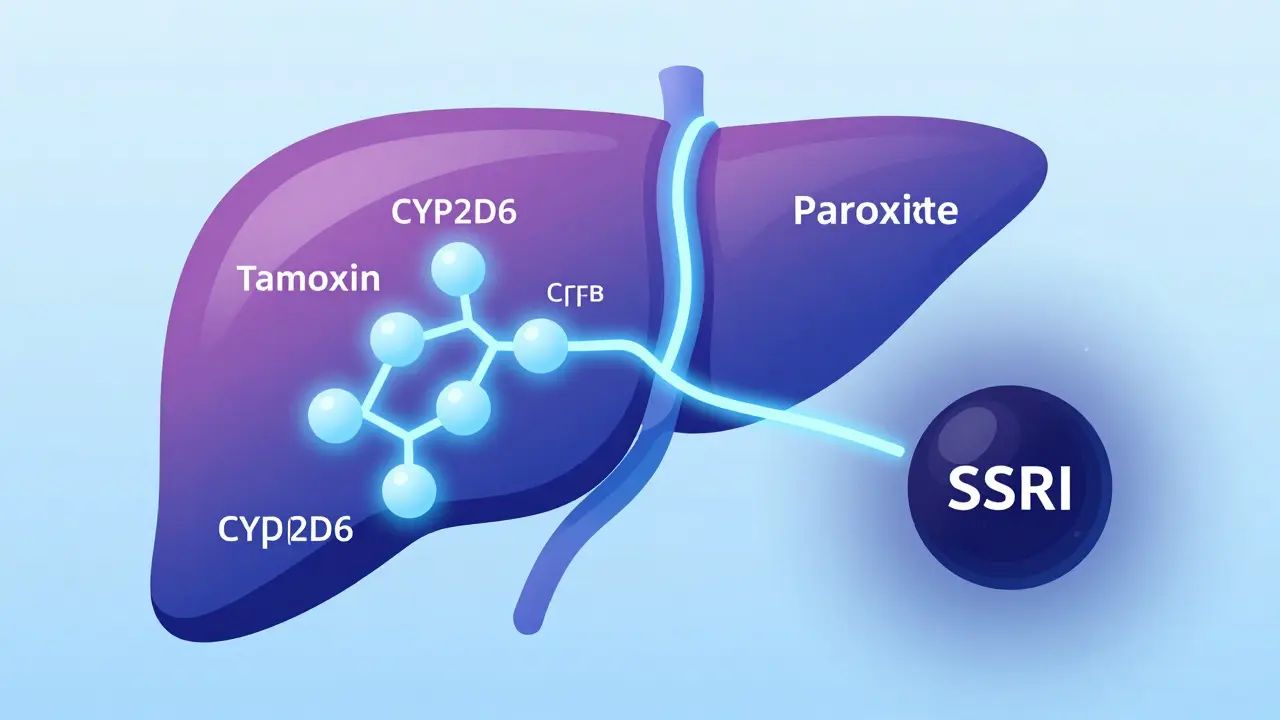Physical activity you can actually stick with — simple, safe, effective
Want more energy, better sleep, and less pain? Moving more delivers all that — and you don't need a gym or fancy gear. This page gives clear, practical steps to get started, stay consistent, and avoid common mistakes. Use what fits your life and check with a healthcare pro if you take prescription meds.
Where to start (a real plan you can follow)
Start small and build up. Try this for your first month: 20–30 minutes of activity, 3 days a week. That could be a brisk walk, a bike ride, or a quick home circuit. Add two short strength sessions per week (even 15 minutes helps muscle and bone health).
Warm up for 5 minutes before harder work — walk, gentle leg swings, arm circles. Finish with a 3–5 minute cool-down and a few slow stretches for tight areas. Progress by increasing time by 5–10 minutes a week or adding one extra session every two weeks.
Simple home circuit: 2 rounds of 8–12 bodyweight squats, 6–10 push-ups (knees OK), 8–12 lunges (each leg), 20–30 second plank. Rest 60–90 seconds between rounds. Add reps or sets when it feels easier.
Make it stick: tips for consistency and results
Pick activities you actually like. Block them on your calendar like appointments. Track time, not perfection — 10 minutes counts. Aim for at least 150 minutes of moderate activity a week spread over most days, or 75 minutes of vigorous effort.
Use small habits: walk after lunch, take stairs, park farther away. Reward progress with non-food treats — a new playlist, a massage, or fresh workout clothes.
Be smart about pain and recovery. Soreness after a new routine is normal; sharp or joint pain is not. If pain stops you from sleeping or walking normally, cut back and ask a clinician. Rest days are where gains happen — include 1–2 easy days each week and prioritize sleep.
Hydrate and eat a bit of protein after strength work to help muscle repair. For endurance sessions longer than an hour, add carbs (a banana or sports drink) so you keep energy up.
Exercise works with your medicines and supplements — sometimes they help, sometimes they change how your body responds. Medications that can affect exercise include blood pressure drugs, some antidepressants, sedatives, stimulants, and muscle relaxants. If you take Motrin or other NSAIDs, follow the label and don’t use painkillers to push through an injury. If you have asthma, keep your rescue inhaler handy and talk to a clinician about inhaler options that suit your activity. When in doubt, ask your pharmacist or doctor about timing, side effects, and safe intensity.
If you have a chronic condition, recent surgery, or are pregnant, get tailored advice before starting. A quick safety check with your healthcare team prevents setbacks and helps you set realistic goals.
Want more? Search articles on this site about pain management, sleep supplements, asthma inhalers, and medication safety to learn how specific treatments can affect movement. Start small, be consistent, and keep safety first — your future self will thank you.





